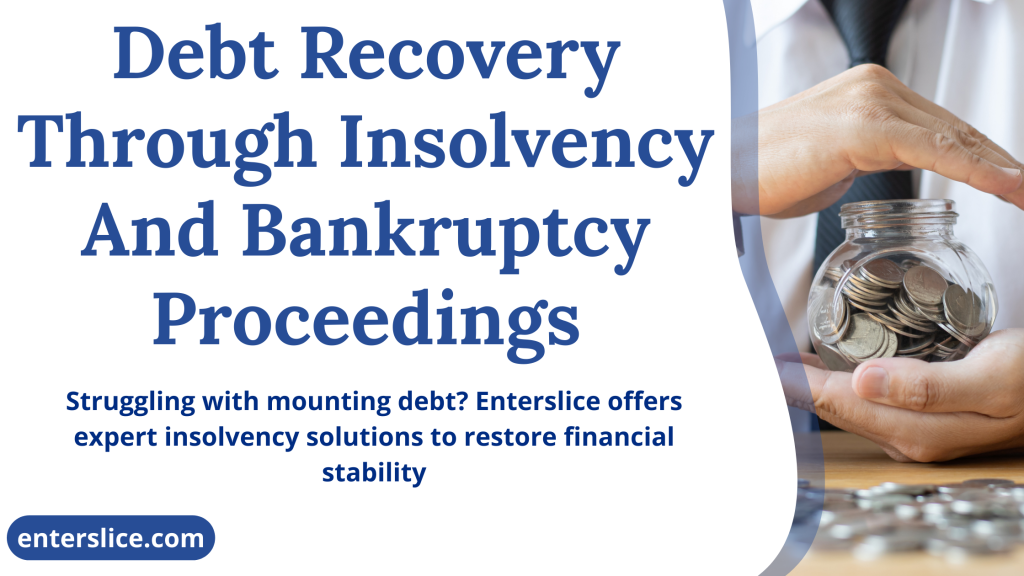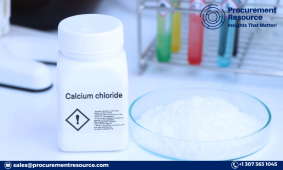A2Bookmarks Canada Social Bookmarking Website
Welcome to A2Bookmarks Canada, your go-to platform for seamless social bookmarking in Canada. We provide an intuitive way to save, organize, and share your most valued web pages and links. Whether you’re a business aiming to increase your online presence or an individual keen on managing your favorite websites, A2Bookmarks Canada is here to help. Join our vibrant community and leverage powerful bookmarking tools to strengthen your digital footprint and connect with users across Canada. Start bookmarking with ease and make your online experience more efficient and enjoyable!


How Debt Recovery Works in Insolvency Proceedings? hotbookmarking.com
Debt recovery in insolvency proceedings is a complex process that involves legal mechanisms, financial negotiations, and strategic planning. When a business or individual becomes insolvent, creditors seek to recover outstanding debts while adhering to insolvency laws and regulations. This blog explores how debt recovery works in insolvency proceedings, examining legal frameworks, creditor rights, and effective strategies to maximize repayment.
Understanding Insolvency and Its Impact on Debt Recovery
Insolvency occurs when a debtor is unable to pay its debts as they become due. It can affect businesses, individuals, and financial institutions, leading to legal interventions such as bankruptcy or corporate restructuring. The insolvency process typically follows these key steps:-
- Filing for Insolvency: The debtor or creditors initiate insolvency proceedings by filing a petition in court.
- Assessment of Financial Standing: The court or insolvency professional evaluates the debtor’s financial condition to determine suitable recovery measures.
- Debt Repayment Plan or Liquidation: Based on the financial assessment, assets may be liquidated, or repayment plans may be established.
- Creditor Settlements: Creditors negotiate payment terms or participate in legal claims to recover their funds.
Debt recovery during insolvency proceedings depends on multiple factors, including the debtor’s asset value, priority of claims, and legal framework governing the process.
Legal Frameworks Governing Debt Recovery in Insolvency Proceedings
Debt recovery is guided by structured legal frameworks that outline the rights of creditors and debtors. Some prominent insolvency laws include:-
- The Insolvency and Bankruptcy Code (IBC) (India): Streamlines corporate insolvency resolution processes, ensuring structured debt recovery.
- Chapter 7 & Chapter 11 Bankruptcy (U.S.): Chapter 7 involves liquidation of assets, while Chapter 11 allows businesses to restructure debts while continuing operations.
- Administration & Liquidation (U.K.): Businesses undergo administration before liquidation to maximize recovery for creditors.
- Debt Collection Regulations (Global): Countries enforce laws limiting aggressive debt collection practices while protecting debtor rights.
Understanding the legal framework ensures creditors and debtors navigate debt recovery efficiently.
Creditor Prioritization in Insolvency Proceedings
Not all creditors recover their debts equally during insolvency proceedings. Debt claims are classified into different priority levels:-
- Secured Creditors: Creditors holding collateral-backed loans (e.g., mortgages, equipment financing) receive priority repayment from asset liquidation.
- Unsecured Creditors: Trade creditors, suppliers, and lenders with no security interest must wait for asset distribution.
- Government Claims: Taxes and employee wages often receive preferential treatment in insolvency resolutions.
- Equity Shareholders: Investors and shareholders rank lowest in priority and may receive nothing if debts exceed asset value.
By understanding their classification, creditors can strategically position themselves for better recovery outcomes.
Strategies for Maximizing Debt Recovery
1. Filing a Proof of Claim
Creditors must file a proof of claim with insolvency courts to document outstanding debts. Key aspects include:-
- Submission within court deadlines to ensure legal recognition.
- Inclusion of supporting documents like invoices, contracts, and loan agreements.
- Specification of secured vs. unsecured debt for priority considerations.
Proper documentation strengthens a creditor’s position in insolvency proceedings.
2. Negotiation & Debt Settlement Agreements
Debt recovery can be optimized through negotiations, including:-
- Partial Settlements: Accepting reduced payments instead of complete write-offs.
- Extended Payment Terms: Offering revised schedules for debt repayment post-insolvency.
- Debt Restructuring: Modifying interest rates or principal amounts to create manageable obligations.
Negotiation fosters a balanced approach that benefits both creditors and debtors.
3. Asset Liquidation Monitoring
During liquidation proceedings, creditors must closely track asset distributions:-
- Assessing business properties, intellectual assets, and financial reserves available for sale.
- Ensuring proper asset valuation to prevent undervaluation risks.
- Challenging fraudulent transfers that may hinder recovery.
Active involvement enhances creditors’ ability to secure repayment.
Alternative Debt Recovery Options Post-Insolvency
If insolvency proceedings fail to recover the full amount, creditors can explore post-insolvency solutions:-
- Debt Portfolio Sales: Selling outstanding debts to collection agencies for partial reimbursement.
- Legal Actions for Fraudulent Transfers: Pursuing litigation if assets were improperly transferred before insolvency.
- Tax Write-Offs: Claiming financial losses as tax deductions to offset business impact.
Alternative recovery mechanisms provide additional avenues for financial recovery.
Conclusion
Debt recovery in insolvency proceedings is a multi-faceted process that requires legal compliance, creditor strategy, and negotiation skills. By understanding priority claims, filing proper documentation, negotiating settlements, and monitoring asset liquidation, creditors can enhance their chances of repayment. While insolvency poses significant financial risks, businesses and financial institutions can navigate these challenges effectively with a structured recovery approach.
Report Story















